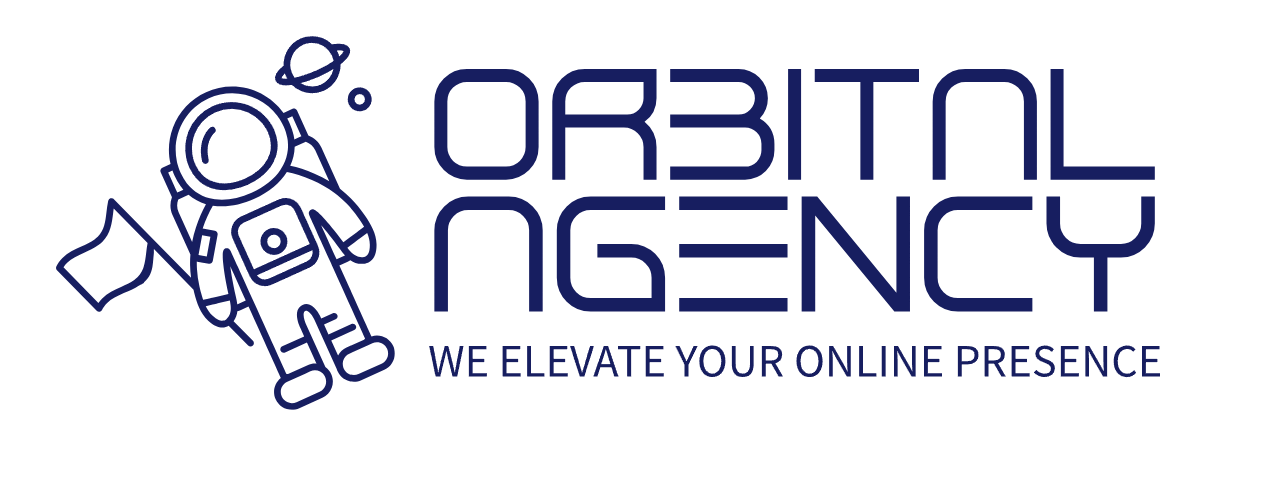Web App vs Website: What’s the Difference?
The terms “website” and “web app” are often used interchangeably—but they’re not the same thing. If you're trying to figure out which one your business needs, understanding the difference is the first step in making the right decision.
A website is primarily informational. Its job is to present content—text, images, videos, contact info—and serve as a digital brochure for your business. Think of restaurant sites, service pages, or blogs. They’re designed to educate, promote, and direct visitors to take simple actions like calling, emailing, or filling out a contact form.
A web application, on the other hand, is built for interaction. It allows users to log in, perform tasks, manage data, or complete complex workflows. Examples include customer portals, project management dashboards, e-commerce checkout systems, and online booking platforms. They’re built to do something, not just show something.
Here’s a practical example: A yoga studio’s website might display class schedules, bios of instructors, and contact information. A yoga studio’s web app would let users log in, reserve a spot, pay for classes, and view attendance history—all from a browser.
One of the biggest differences between the two is user engagement. Websites are typically one-way experiences—business to consumer. Web apps are two-way—users interact with the business in real time. If your goal is to streamline operations or offer customer self-service, a web app is the better fit.
The development process also differs. Websites can often be built with drag-and-drop builders and pre-designed templates. Web apps usually require custom development, including backend programming, databases, and user authentication systems.
From a design standpoint, websites tend to focus on visuals, content hierarchy, and SEO. Web apps need intuitive user interfaces (UI) and seamless user experience (UX) since people are actively using the platform to accomplish tasks.
Another distinction is scalability. A website can be relatively static. A web app is built with flexibility in mind—able to expand its functionality as your business grows. That might mean adding user roles, reporting dashboards, payment integrations, or third-party tools.
Security is also more critical in web applications. Because users are entering sensitive data—like login credentials, payment information, or personal records—developers need to implement data encryption, authentication, and robust access controls.
Cost is another differentiator. Websites are generally quicker and less expensive to launch. Web apps take more time, more planning, and more resources—but offer far more value when interactivity is required. The ROI on a web app comes from automation, efficiency, and user satisfaction.
So, how do you decide which is right for you? If you simply need to showcase your services, answer common questions, and give people a way to get in touch—a website will do just fine. But if you want users to log in, complete transactions, view custom dashboards, or automate parts of your business—a web app is the way to go.
In many cases, the best solution might include both. You might have a public-facing website that educates visitors, and a web app section they can log into for advanced features. Combining both allows you to build authority, generate leads, and provide robust functionality—all under one brand.
A website is primarily informational. Its job is to present content—text, images, videos, contact info—and serve as a digital brochure for your business. Think of restaurant sites, service pages, or blogs. They’re designed to educate, promote, and direct visitors to take simple actions like calling, emailing, or filling out a contact form.
A web application, on the other hand, is built for interaction. It allows users to log in, perform tasks, manage data, or complete complex workflows. Examples include customer portals, project management dashboards, e-commerce checkout systems, and online booking platforms. They’re built to do something, not just show something.
Here’s a practical example: A yoga studio’s website might display class schedules, bios of instructors, and contact information. A yoga studio’s web app would let users log in, reserve a spot, pay for classes, and view attendance history—all from a browser.
One of the biggest differences between the two is user engagement. Websites are typically one-way experiences—business to consumer. Web apps are two-way—users interact with the business in real time. If your goal is to streamline operations or offer customer self-service, a web app is the better fit.
The development process also differs. Websites can often be built with drag-and-drop builders and pre-designed templates. Web apps usually require custom development, including backend programming, databases, and user authentication systems.
From a design standpoint, websites tend to focus on visuals, content hierarchy, and SEO. Web apps need intuitive user interfaces (UI) and seamless user experience (UX) since people are actively using the platform to accomplish tasks.
Another distinction is scalability. A website can be relatively static. A web app is built with flexibility in mind—able to expand its functionality as your business grows. That might mean adding user roles, reporting dashboards, payment integrations, or third-party tools.
Security is also more critical in web applications. Because users are entering sensitive data—like login credentials, payment information, or personal records—developers need to implement data encryption, authentication, and robust access controls.
Cost is another differentiator. Websites are generally quicker and less expensive to launch. Web apps take more time, more planning, and more resources—but offer far more value when interactivity is required. The ROI on a web app comes from automation, efficiency, and user satisfaction.
So, how do you decide which is right for you? If you simply need to showcase your services, answer common questions, and give people a way to get in touch—a website will do just fine. But if you want users to log in, complete transactions, view custom dashboards, or automate parts of your business—a web app is the way to go.
In many cases, the best solution might include both. You might have a public-facing website that educates visitors, and a web app section they can log into for advanced features. Combining both allows you to build authority, generate leads, and provide robust functionality—all under one brand.
